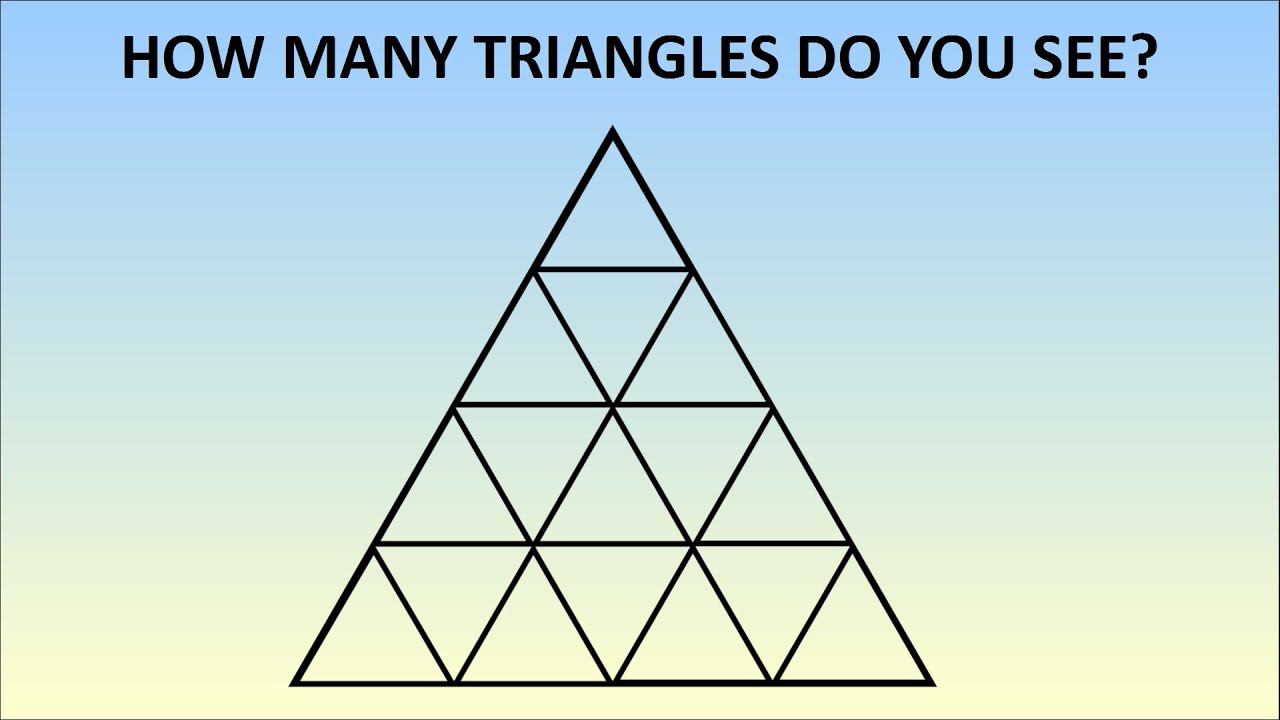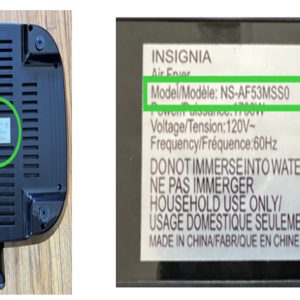Counting triangles in complex patterns is challenging due to overlapping shapes and varied configurations. Here's a systematic approach to ensure accuracy:
Core Strategy: Methodical Enumeration
Follow these steps rigorously:
- Identify Triangle Sizes: Categorize by smallest unit (e.g., smallest side = 1 unit).
- Count Systematically: Use vertices as reference points. Fix one vertex & scan compatible connections.
- Account for Orientation: Include upright, inverted, and rotated triangles.
Common Pitfalls & Solutions
Avoid these errors:

- Overlooked Subdivisions: Triangles formed by intersecting lines often require breaking down the figure into sub-regions. Example:
// Pattern: Count smallest triangles (3), then pairs forming mid-sized triangles (2), and finally the full outer triangle (1). Total: 6.
- Diagonal Lines: These create unexpected triangles. Trace diagonals fully across the figure.
- Double-Counting: Mark counted triangles mentally or visually to avoid repeats.
Practical Application: The 5-Second Test
For a triangle subdivided into 9 smaller units:
- Type A (Smallest): 9 upright + 3 inverted = 12
- Type B (2-unit sides): 3 upright + 1 inverted = 4
- Type C (Full): 1 triangle
Total: 17 triangles. Most observers miss 4+ inverted/side-combined triangles.
Verification Technique
Validate counts using combinatorial formulas where applicable. For regular grids: T(n) = n(n+2)(2n+1)/8 (if n even) accounts for all orientations, though manual verification remains essential for irregular patterns.












